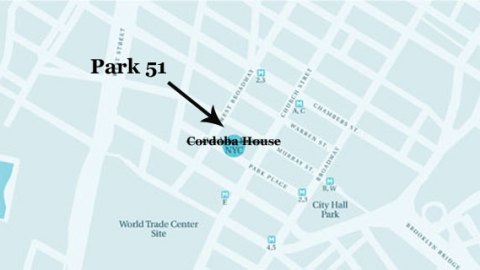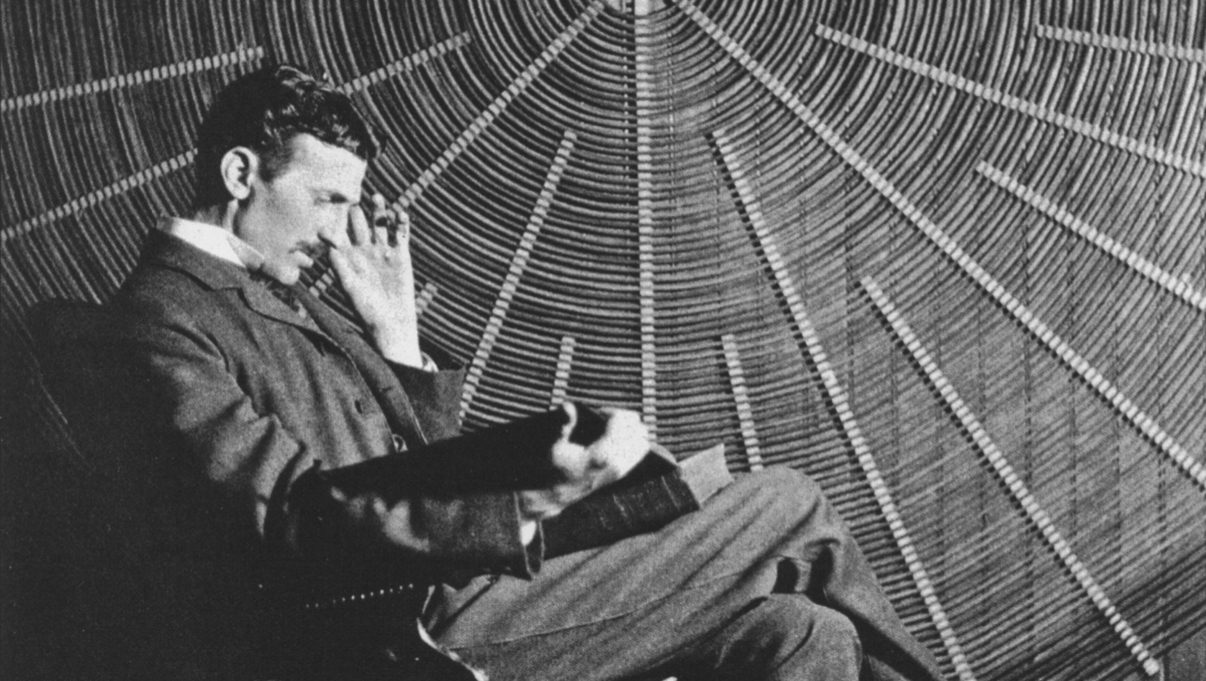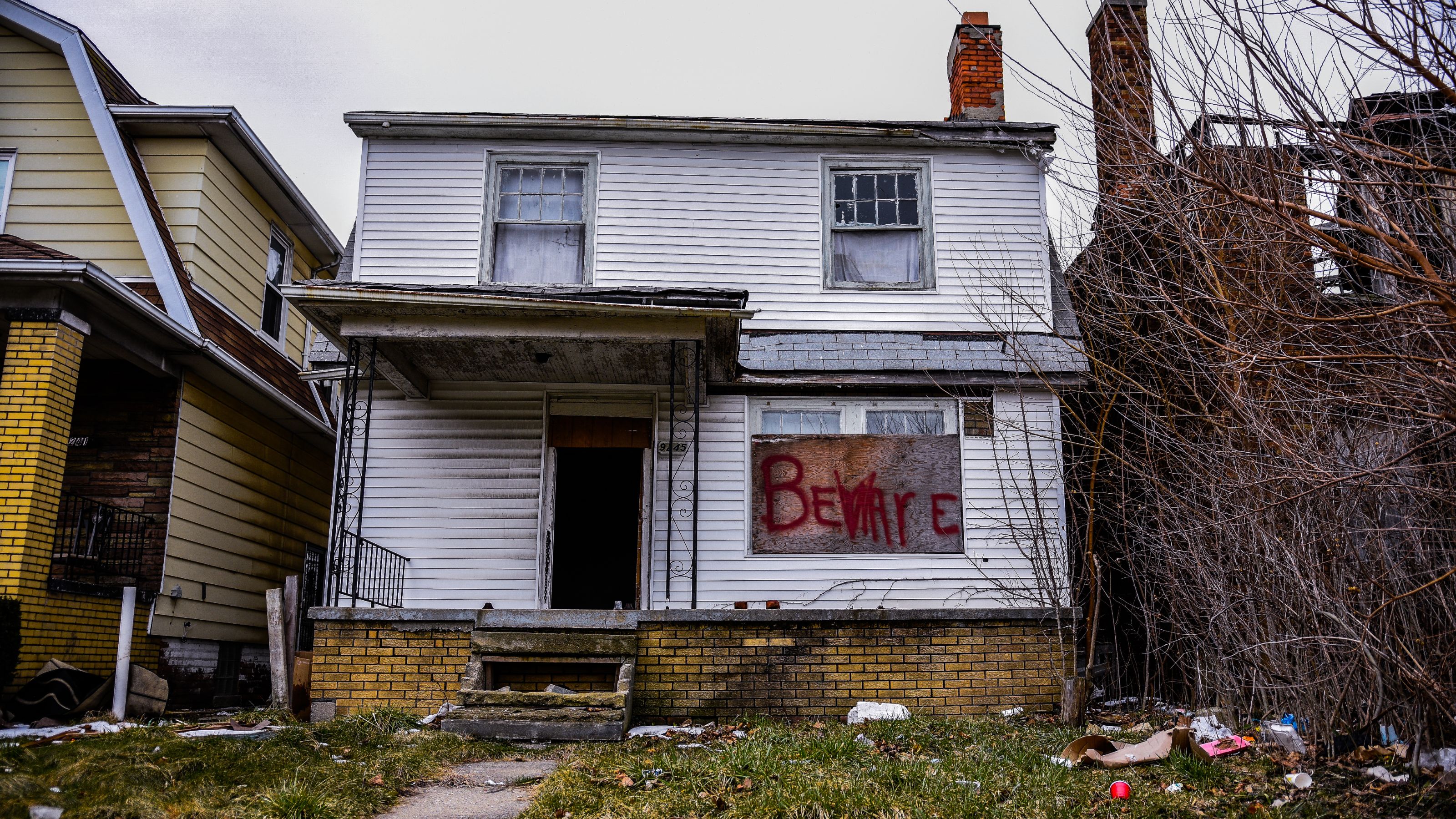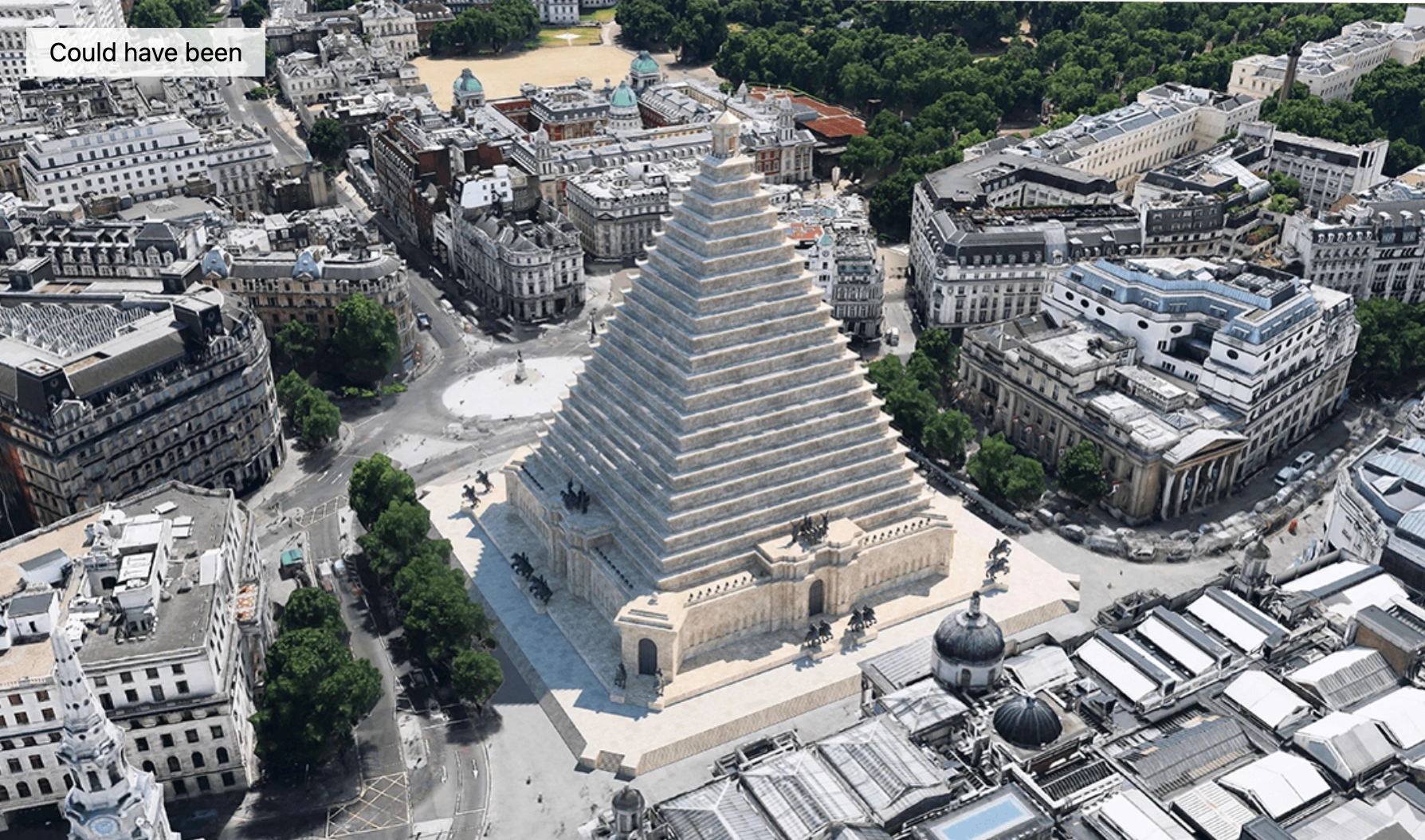The Cordoba House: Rauf and Others Begin to Tell Their Side of the Story

Feisel Abdul Rauf returned to the United States last weekend and yesterday began the urgent process of telling his side of the story. As I wrote previously, power in politics turns on being able to simultaneously control attention to an issue while also defining the terms of debate. A golden rule is to define yourself and your initiative before your opponents do. These underlying dynamics that drive the strategic communication process help explain the firestorm over the Cordoba House, the proposed Islamic cultural center in lower Manhattan.
“Many people wondered why I did not speak out more, and sooner, about this project,” wrote Rauf in an op-ed at the NY Times. “I felt that it would not be right to comment from abroad. It would be better if I addressed these issues once I returned home to America, and after I could confer with leaders of other faiths who have been deliberating with us over this project.”
Speaking on Larry King Live, Rauf said that there is “A silver lining here. It gives us an opportunity to speak about this subject in a manner that is sober, in a manner that is coherent. To look at what we are all about as Americans, to look at what it means to be Muslim in America. To look at how we are going to put back this genie of clash between the West and the Muslim world back into the bottle.” The video of his interview is below.
Though Rauf’s return and comments have gained the most amount of attention, perhaps the most compelling storytelling in defense of the Cordoba House comes from Sharif El-Gamal, the man who worked for several years to find suitable real estate in the Manhattan market for a cultural center. Last week, in a long interview with New York magazine’s Marc Jacobson, here’s how he related the “origins” story of the Cordoba House and how its proposed location came to be. Told as a personal narrative, there’s a compelling authenticity to El-Garmal’s accout and New York magazine, unlike so many other media outlets, deserves credit for providing the space for El-Gamal’s account. Here’s the excerpt:
“Listen,” said El-Gamal, “do you have any clue how the Manhattan real-estate market works, what is involved? People seem to think that we picked that building to make some kind of point. But that is simply insane. This is New York; no matter who you are, you just don’t choose a building, move in, and take over. Do you know how many places I looked at? I looked at Chambers Street. I looked at Vesey Street, Broadway, Greenwich Street, Warren Street, Murray Street. Maybe half a dozen more, I can’t even remember now. It was only after all that that Park Place came up. Even then, it was the most grueling negotiation of my life. So many times I told myself, Wow, this just isn’t worth it. One minute the deal was on, eight months later it was off. The whole thing almost drove me nuts.”
But didn’t he think twice before buying a building so close to ground zero? Didn’t he suspect that he was putting himself at the center of a hornets’ nest?
“No,” said El-Gamal, who was born at Methodist Hospital in Brooklyn and, after some world travels in the company of his father, a Chemical Bank executive, attended New Hyde Park High School in Nassau County. “It never entered my mind,” he said. “Not for a second.”
The story of how he came to 45–51 Park Place began on 9/11, Sharif El-Gamal said. “I was eating in a diner at 61st and Second Avenue when I heard about the planes, and I just started going down there. Everyone was going the other way, but I kept walking. Someone had attacked my country, my city. All I wanted to do was to see if I could help. I was down there for two days. I saw things I couldn’t believe. I wound up in the hospital because the dust affected my eyes. It was after that, I just felt like praying. We weren’t a religious family; a couple of holy days, that was it. I worked downtown, so I started going to a mosque on Warren Street. After a while I stopped in at the Masjid al-Farah on West Broadway, where I met Imam Feisal for the first time. I knew he had been there for a long time, twenty years or more, but I never heard him speak. His sermons were what I was looking for, beautiful, sincere, but American. I thought, finally, an American Imam, someone who talks to me as an American. But the place was so small. It had a 70-person capacity. You could hardly get in. After the Jumu’ah, which is what we call Friday prayers, I went up to Imam Feisal and told him how much I enjoyed his sermon and that it was too bad only 70 people could hear it at a time. He just smiled and thanked me.
“That is when it hit me: We needed a building. There were a lot of Muslims downtown, and the places we did have were not pleasant; they were basements, holes-in-the-wall. The message was beautiful, but the surroundings were shabby. They were not places we could feel proud of. So I made up my mind. If this was a real-estate problem, that’s what I did, real estate. I am very good at real estate. Also, I’d undergone a change of life. My business has grown, I have two wonderful children. I signed my daughter up for swimming lessons at the Jewish Community Center at Amsterdam and 76th Street. It is an excellent facility, very welcoming, modern. Then I knew we didn’t need just a mosque, we needed a cultural center, something that took into account the entire aspect of life: our lives as Muslim-Americans in New York. So when you ask me why I would buy a place so close to ground zero, I say, I wasn’t thinking of that. I saw a building. A building that would fulfill a need. I spoke to Imam Feisal about it, and he agreed.”
Asked if, considering everything that has happened in the ongoing argument about the mosque, he would do it all over again, Sharif El-Gamal leaned back in his chair. “Yes,” he answered in low voice. “Even knowing everything, I would have done it again. Because there was a conversation that had to be had, and now we’re having it.”




